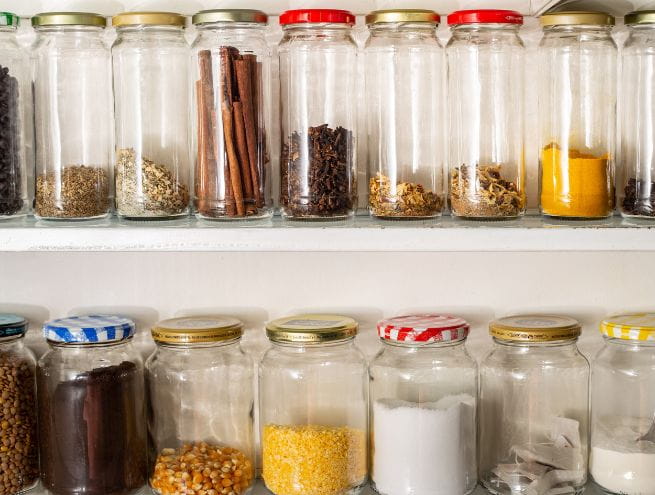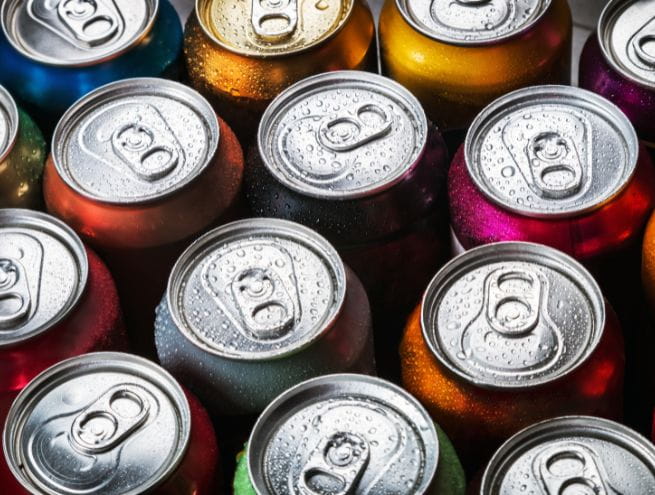
Glass packaging... ...obviously for reuse
The most common forms of glass packaging are bottles, jars, and pots.
Glass packaging is 100% recyclable and infinitely, and glass is an ideal material for reuse.
Numerous initiatives are emerging to set up reuse systems for other types of containers than bottles, particularly to replace single-use trays. Bulk commerce is also an ideal playing field for the reuse of packaging.
Steel packaging...
...a return to form and towards reuse
The agri-food sector, including beverages (canned goods, cans...) represents more than two-thirds of the annual yield of steel packaging. At the same time, easy-opening systems have been developed and improved.
However, it is undoubtedly on the diversity of forms and sizes that steel packaging still has much to do.
Indeed, brands will always want to differentiate themselves through their packaging, and consumers will not accept the slightest compromise in terms of aesthetics and ease of use. Nevertheless, one thing is already acquired: steel is very easy to recycle, 100% and infinitely... Thus, we will see more and more steel packaging that meets the objectives of integrating recycled material, which will be 100% recyclable and in some cases, which will be reusable.
Aluminum packaging... ...that goes around in circles
The major challenges for aluminum are recycling and the reintegration of recycled material. The low recycling rate of aluminum packaging is largely explained by their nature.
While large rigid aluminum packaging such as cans, aerosols, and other cans are well recovered in sorting centers because they are detected and sorted automatically, this is not the case for all the small pieces such as lids, covers, and coffee capsules, for example, which slip through the net and are doomed to incineration or landfill.

When one knows that melting aluminum for recycling requires only 5% of the energy needed for its extraction and production from bauxite, there is no need to bring out the calculator to understand the great interest in recycling this packaging material in a loop.
Improving the collection, sorting, and recycling of small aluminum packaging and items is therefore a major challenge to be able to reintegrate more and more recycled aluminum into packaging.

